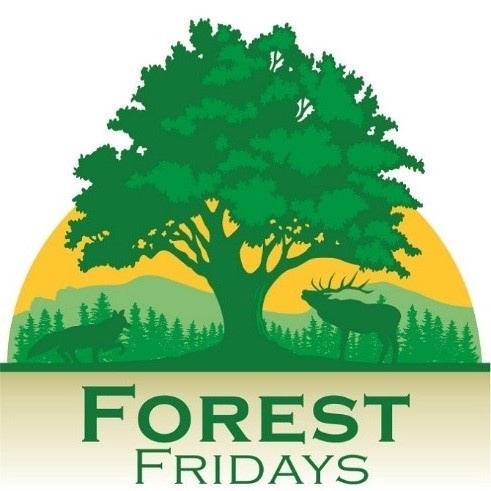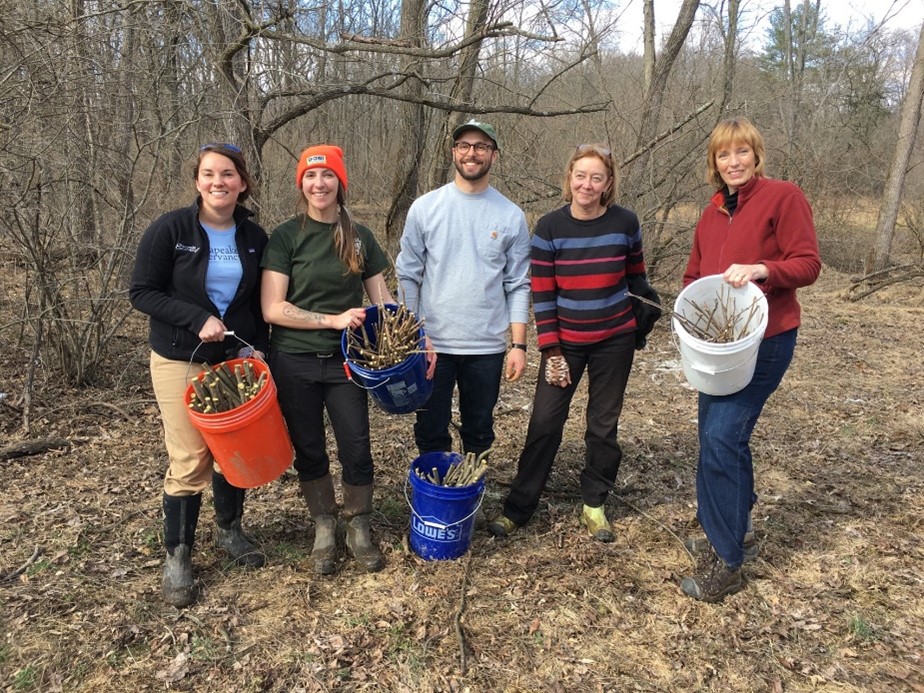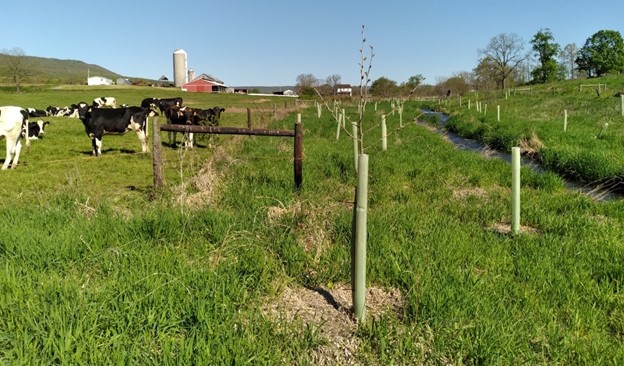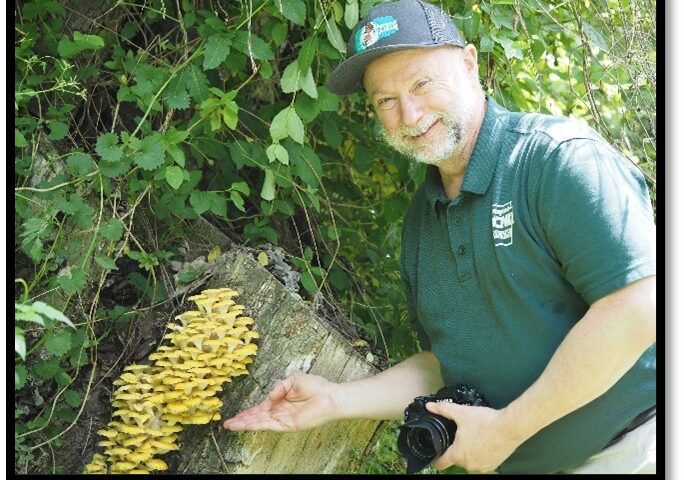
by Ryan Reed
I had a job with a local landscaping company as a teenager. They had a big greenhouse, and it was a lot of fun seeing what you could grow. I remember being very impressed by a process I learned in there called “taking cuttings.” It felt a bit sci-fi to take trimmings off bushes and trees, dip them in rooting hormone, and watch them sprout roots and grow like any other plant. This type of plant propagation is a widely used and cost-effective means of reproducing nursery stock.
Some cuttings don’t even require the rooting hormone. Perhaps you’ve experienced rooting a spider plant or a Christmas cactus, which readily root in water or wet soil. Some native shrubs and trees will also root without rooting hormone, which is the basis for a planting technique called live staking. This process is highly effective in riparian (along streams) zones because the shrubs and trees that prefer these sites are particularly adept at rooting from stems (aka, “stakes”).
Some examples of woody plants that root nicely from live stakes include willows, alders, shrub dogwoods (red twig, silky, pagoda), sycamore, silver maple, elderberry, buttonbush, ninebark, chokeberry, and spicebush.

This time of year is perfect for live staking since soils are moist and most species used in this practice have yet to break bud. Live staking is a great way to carry out organized plantings for stream restoration, a cause championed by DCNR. It would be difficult to find a simpler or cheaper way to simultaneously benefit water quality, increase wildlife habitat, decrease erosion, reduce flooding, and mitigate climate change.
Restoring riparian zones can be very exciting to wildlife enthusiasts because of the prospect of restoring the variety of life that occurs at the intersection of terrestrial and aquatic habitats. Riparian plantings rebuild the foundation of the food web that centers around our streams, reestablishing communities of producers, insects, and other invertebrates, which in turn encourage more advanced species like fish, reptiles, amphibians, birds, and mammals.
In agricultural, urban, and suburban areas, riparian restoration represents one of our greatest opportunities for reforestation, offering the potential of converting tens of thousands of acres of grass to riparian forests. The lawn conversion and riparian planting movements have gained considerable momentum, and we certainly hope that continues, especially along our treasured waters where there’s plenty at stake.

To learn more about riparian buffers and lawn conversion, please see:
https://www.dcnr.pa.gov/Conservation/Water/Pages/default.aspx
To learn more about live staking, please see:
Live Staking for Stream Restoration (psu.edu)
Forest Fridays are published weekly by the Department of Conservation and Natural Resources’ Bureau of Forestry.




